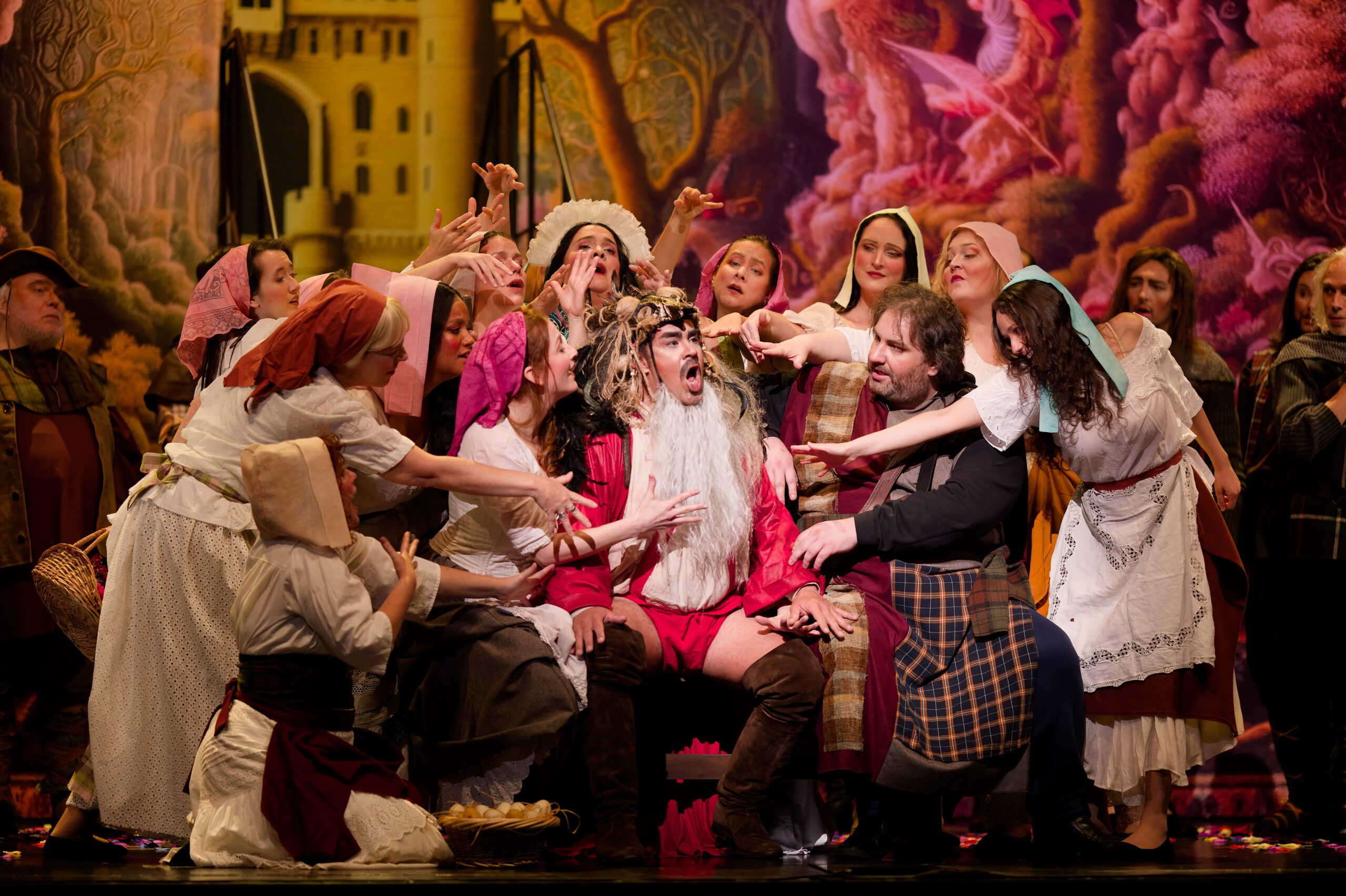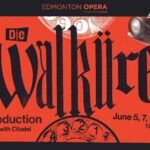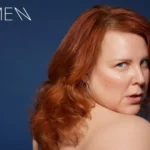A new season opened on October 26th at the Opéra de Québec with Gioacchino Rossini’s penultimate operatic work, Le comte Ory (1828). This particular work is doubly special to general and artistic director Jean-François Lapointe – he sang it in Geneva and Marseille and it reflects his goal of offering operas in French to audiences in Quebec City.
Musically, Rossini had repurposed several excerpts from his Il viaggio a Reims (1825) and, if Le comte Ory shines with its high-flying arias and its roulades and ornaments, the sacred fire that animated Il barbiere di Siviglia, La Cenerentola or L’italiana in Algeri is no longer really there. It is not without reason that the composer decided to end his career only a year after Le comte Ory, with Guillaume Tell, at the age of 37.
After several recent productions at Opéra de Québec that transposed the operas into a more contemporary era with few sets or using projections, the company brought 12th-century France of the Crusades to life, with the women left alone in their villages or castles, struggling with their noble resolutions of fidelity and temptations that are difficult to resist. Designed by French set designer Bruno de Lavenère, who has recently designed the set for the company’s Faust in 2022 and La vie parisienne last summer, the set for Le comte Ory consisted of artistically painted canvases. The first act seems to have come straight out of one of those richly illuminated books of hours – the backdrop is a forest with a fabulous bestiary and a Gothic castle with turrets. The second act unfolded before a replica of the famous tapestry The Lady and the Unicorn. Other than the backdrops, there was no furniture on stage, except for a staircase on wheels like those found in warehouses and a wall bed.
Alain Blanchot’s costumes maintained this medieval spirit, although Count Ory’s rather grotesque costume when he was in disguise as the hermit looked more like a bacchanalian satyr or a sorcerer than the venerable sage he was supposed to embody.
Also returning after Faust and La vie parisienne, director Jean-Romain Vesperini offered us a playful show, a bit irreverent because of its joyful libertinism. In the first act, all the women of the village of Formoutiers flirt with the pseudo-hermit. The Countess Adèle, who should be a model of virtue, allows herself to be courted by the page Isolier and is not insensitive to the beautiful words of the hermit. In Act II, Adèle and the other ladies do not seem surprised to host the bearded and mustachioed nuns who are the cunning Count Ory and his knights disguised as pilgrims. And how could we not burst out laughing at the acrobatic lovemaking in the Adèle, Ory and Isolier trio?
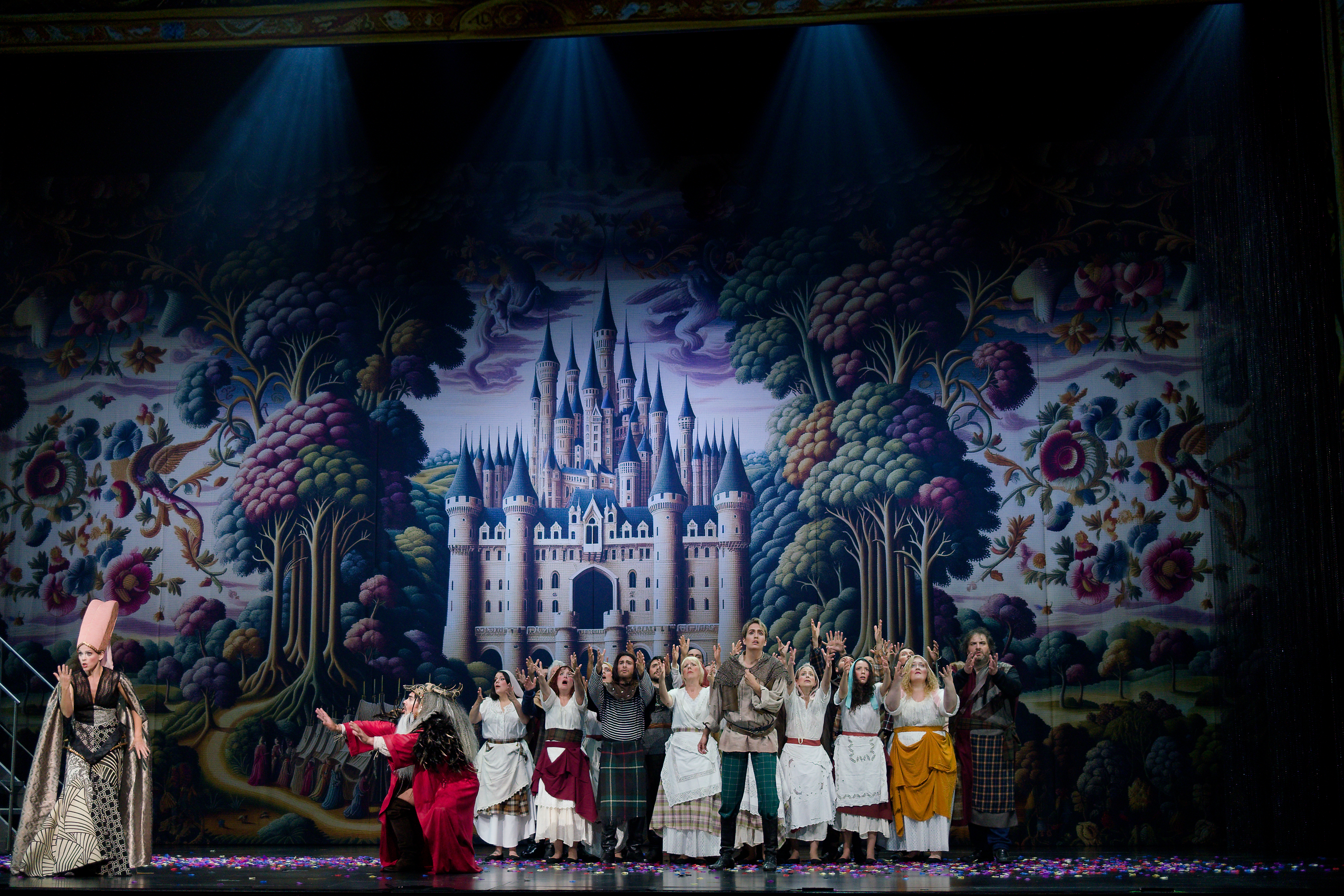
Photo Credit: Michel Gagné
Judith Fa, Philippe Talbot and Florence Bourget (left to right across front) in Le comte Ory at Opéra de Québec
The title role was played by French tenor Philippe Talbot, who is very comfortable in both the baroque and Rossini repertoire. He has already sung Le comte Ory in 2017 at the Opéra-Comique in Paris. His light timbre, his easy high notes and his vocal agility allowed him to portray the unrepentant character clearly, especially in Act II where he becomes the devout Sister Colette!
His companion, Raimbaud, was sung by Canadian baritone Jean-Kristof Bouton, who has made his career in Romania for several years. He was very convincing: his voice is round and carries well, and his diction is excellent. His exemplary work was on display in his brilliant second-act wine aria, “Dans ce lieu solitaire.” Julien Véronèse, who appeared with the company in 2021 in the role of Dulcamara (L’elisir d’amore), returned in force as the governor in charge of watching over Count Ory, with the same vocal authority and stage presence.
As the Countess Adèle, French soprano Judith Fa showed her strong acting skills and sense of humor as well as her personality. If her voice did not always project as well as one would like, especially in ensembles and with full orchestra, the timbre is pretty and the many coloratura passages were easily sung.
In the role of the Countess’s graceful but love-sick page Isolier, Montreal mezzo-soprano Florence Bourget is a great revelation. She was visually convincing and natural, making us forget at times that she was a woman playing a “trouser” role, and she carved out a place for herself in this cast with her well-balanced and always refined voice. With an energetic voice, mezzo-soprano Julie Pasturaud gave Dame Ragonde all the personality the character needs and was particularly irresistible during the storm scene in Act II.
These soloists were skillful in the many duos, trios and large ensembles. The chorus of the Opéra de Québec, prepared by Catherine-Élisabeth Loiselle, was particularly busy and rose to the occasion. Laurent Campellone’s alert and always precise conducting worked wonders, both with the orchestra and with the soloists and chorus.
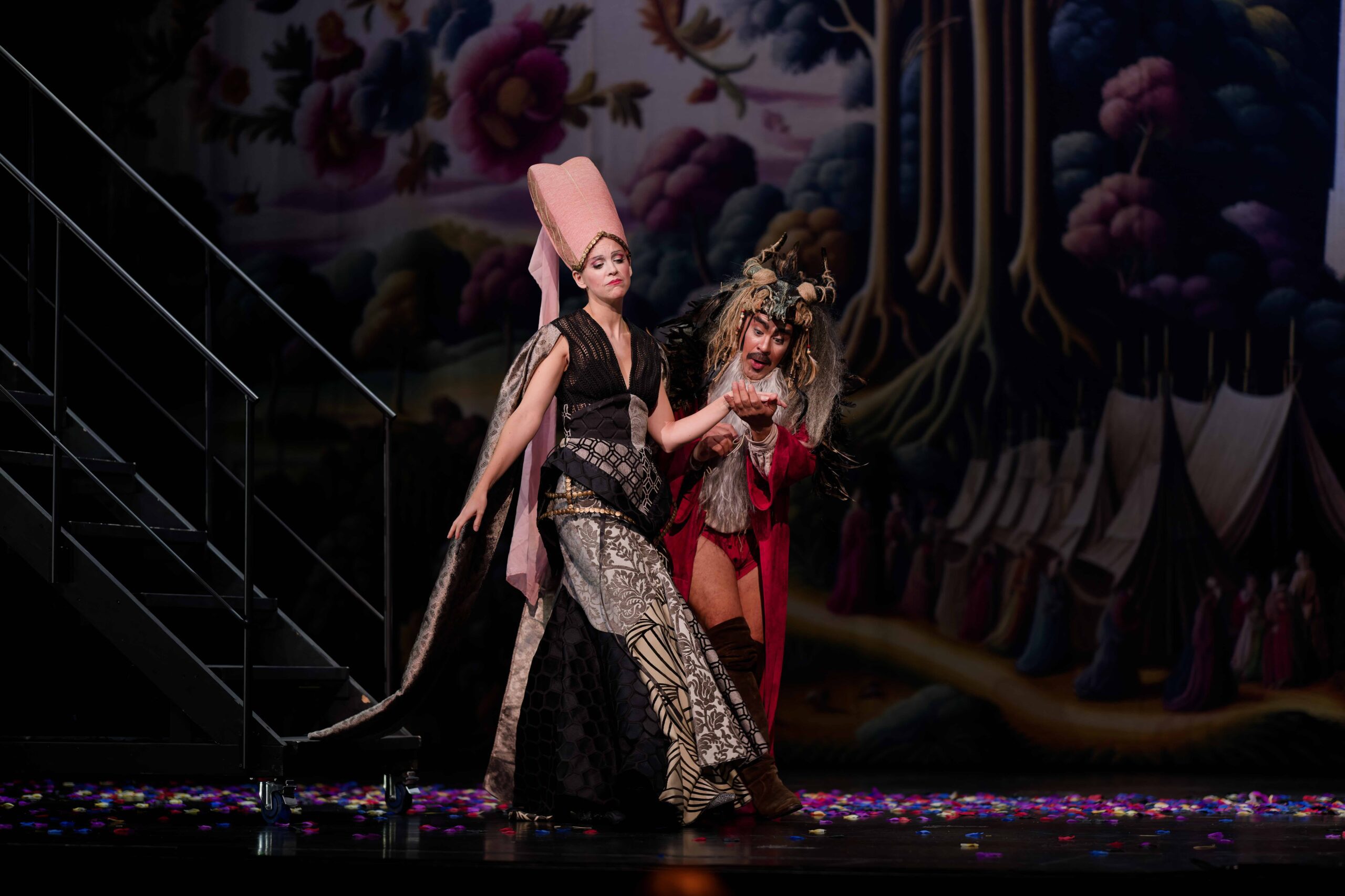
Photo Credit: Michel Gagné
Adèle (Judith Fa) and the Count Ory (Philippe Talbot) at Opéra de Québec
Opera Canada depends on the generous contributions of its supporters to bring readers outstanding, in-depth coverage of opera in Canada and beyond. Please consider subscribing or donating today.

